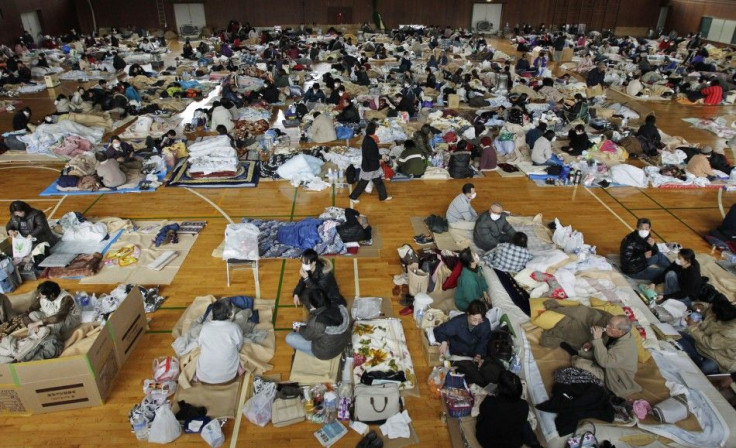Japanese nuclear workers race to stabilize damaged reactor

Japanese engineers are racing against the clock to stabilize a reactor at a quake-damaged nuclear plant in the northeast which has been shaken by a second explosion in the past three days.
Crewmembers at The Fukushima Daiichi plant's operators have again started pumping seawater into reactor 2 after the failure of a cooling system.
Two other reactors at the plant (reactor 3 on Monday and reactor 1 on Saturday) have already exploded following the breakdown of the cooling systems.
The most recent blast wounded eleven people, including one very seriously, and sent huge plumes of smoke into the air over the ravaged countryside.
Plant officials warned of the possibility of a nuclear meltdown when fuel rods were exposed after a pump stopped working. It is not known for how long the fuel rods were exposed. In the absence of a coolant, the temperature of the rods can rise to hundreds of degrees Celsius, leading to a potential meltdown.
Apparently, plant engineers have been able to resume some water flow into the reactor, meaning the temperature will start to drop again.
The Tokyo Electric Power Co (TEPCO), which operates the nuclear plants, has assured that health risks are minimal, citing that the containment walls protecting the reactor cores have remained intact.
In a worse-case scenario, in the event of a significant meltdown, molten highly radioactive reactor core would slip through the bottom of the containment vehicle and seep into the ground below, thereby creating a nightmarish health and humanitarian disaster.
Thus far, tens of thousands of people have already been evacuated from a 20-kilometer exclusion zone around the Fukushima Daiichi plant.
The official death toll from the earthquake-tsunami disaster is about 10,000, though it it expected to climb much higher as more bodies are found.
© Copyright IBTimes 2024. All rights reserved.





















